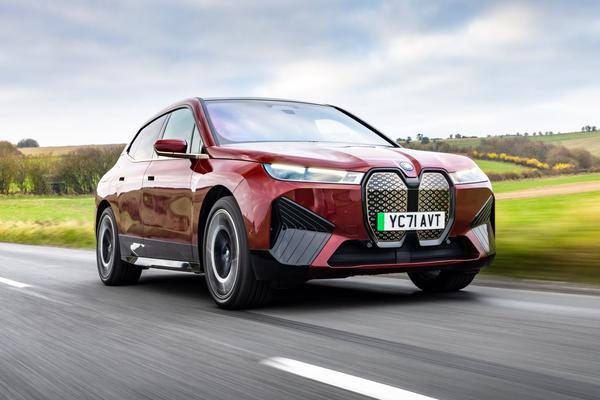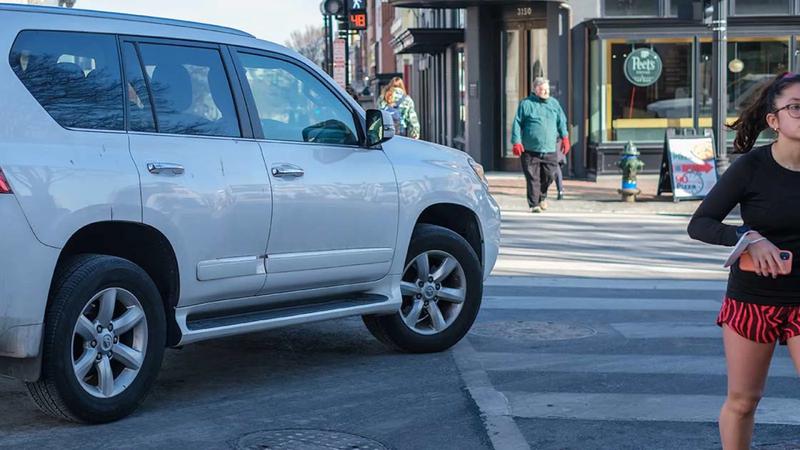The New York Auto Show is back after two years away, and this year’s headline reveals include an update to everyone’s favorite big SUV, the Kia Telluride (or is it the Hyundai Palisade?) and what I estimate is the 46th revision of the Lamborghini Huracan. But you can forget about those, because Nissan has upstaged the rest of the Jacob Javits Convention Center with the wheels you see above — a new style not previously offered by the manufacturer.
These wheels are eye-catching enough to provide the necessary distraction that Jalopnik’s on-site staffers will need to successfully vacate the premises in their stolen GR Corolla. But they also just look dang good on their own. Modern car design is as polarizing as ever, but we’re seeing some real experimentation with rims these days, and I’m completely on board with that.
What I like about these wheels is that they go for an ’80s-style feel, with 30 spokes arranged in a five-point star-type pattern, yet simultaneously look new and unlike any production wheel from that time. The silver tips at the end contribute a spark of interest and detail to an intricate design that might be easy to overlook in all black.

They’re also clever. Peer in a little closer, and you’ll notice five thicker spokes behind the thinner repeating ones, which I assume comprise the real structural backbone of the rim. I’m no engineer, though, so maybe don’t take that at face value. I’m just a guy who likes cool wheels.
There’s a catch though, and by now you might have guessed what it is. To get these wheels, you’ll have to buy a whole car with them. A pain, I know. That’s doubly true because that car happens to be the refreshed-for-2023 Nissan Leaf, a nameplate most people seem to consider with acute listlessness.
I kid. Personally I’ve never understood why car shoppers have such an issue with the Leaf. It’s a cheap, sensible EV, exactly the kind we need more of. The passive cooling for the battery pack is certainly a knock against it, but newer models appear to handle heat better than their predecessors. These particular wheels of note are, unsurprisingly, available only on the upper-end Leaf SV Plus model, which costs as little as $25,000 when applying the $7,500 federal EV tax credit.
Considering the Leaf first hit the market in 2011 and was the first mass-produced battery-electric car on sale anywhere, it’s amazing that Nissan hasn’t sold enough of them in the U.S. to expend its credit yet. It also probably says something about the Leaf’s public perception in the States. As with Toyota, Nissan will likely cross that threshold soon, possibly in the second or third quarter of 2023 per EVAdoption. Maybe the brand will get there quicker thanks to these new wheels.
Most of the changes with the Leaf’s 2023 refresh appear to be cosmetic, with a switch to Nissan’s new logo for badging all around (it lights up in the front!) alongside nips and tucks to the tire deflectors, spoiler and rear diffuser for improved aerodynamics. The updated Leaf is expected to achieve similar range to its predecessors — 149 miles for the 40-kWh Leaf S and 226 miles for the 62-kWh SV Plus.




